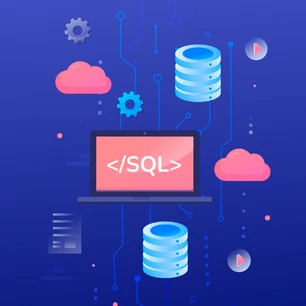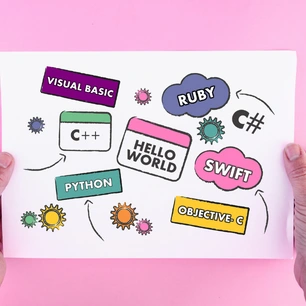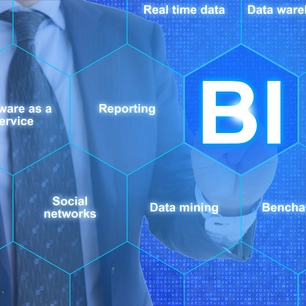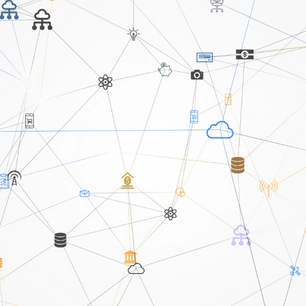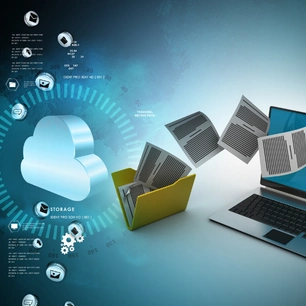The difference between DBMS and RDBMS is in the security features they provide. The security features provided by DBMS make them superior to RDBMS. DBMS also provides better multi-user functionality and is less redundant than RDBMS. These features make DBMS the better choice for organizations that require high-level security.
DBMS offers better security features than RDBMS
DBMS allows multiple data views, including the ability to restrict access and impose constraints. It also offers multiple security levels. This means that different users can have different views, and the data can be protected from changes or theft. This helps in improving data consistency and decision-making.
DBMS uses a database model similar to that of relational database systems. Its data access is performed through SQL statements. These statements are categorized into tables that have different levels of access. A database administrator can set permissions for individual users based on their database activities. DBMSes also use complex algorithms to ensure data integrity. Additionally, they support multiple concurrent users and can enforce policy-based access to the data.
A DBMS can support both relational and traditional data storage. It can handle large and small databases. It also supports distributed databases. It also allows for advanced data encryption and security. DBMSs also have locking protocols to prevent partial updates and crashes.
DBMS supports multi-user functionality
Multi-user functionality is the feature that allows multiple users to access data in parallel. This is done by adjusting the system view for different users. For example, a user in the sales department will see a different screen than a user in the production department. A DBMS that supports multiple views allows users to concentrate on their particular task without compromising security.
Multi-user functionality is supported by the database design, which uses multiple application layers to enable concurrent access to data. The DBMS also includes a query processor, which runs queries and returns results. The DBMS has a log manager that keeps track of all changes made to the data and ensures that these are made efficiently. It also interfaces with various database utilities.
.webp)
Another important feature of a DBMS is the use of a metadata catalogue. This is a collection of information about the database objects and is used by the DBMS to verify requests from users. The catalogue contains information about the database object and the schemas used to support it. The catalogue also includes information about security, performance, and communication.
DBMS provides better security features than RDBMS
The primary differences between the two databases are the data storage engine and the access control mechanism. A DBMS has more flexibility in terms of how you can access and modify the data. Besides, it allows you to share data with other authorized users, enhancing the overall security of the database.
DBMS can be used to store data in files or tables. The relational database model allows programmers to make changes to multiple data elements at once. It can accommodate large data volumes and supports multiple users. It also requires less hardware and software than RDBMS. Both DBMS and RDBMS have their advantages and disadvantages.
SQL databases are a good choice for complex software solutions, as they have an integrated structure and data storage system. They also support ACID compliance, which is preferred for financial and eCommerce applications.
DBMS is less redundant than RDBMS
DBMS is a relational database management system that stores data in tabular form, where each row and column contains information on the attributes of an object. For example, if a table contains information on employees, each row and column will contain information on the employee. As the name suggests, DBMS is less redundant than RDBMA because of the way it stores data. Its centralized nature allows users to store data in a single location, eliminating the need to save the same data at different locations.
A database is a collection of interrelated data that can be accessed, modified, or deleted. DBMS provides a variety of features for efficient data management. For example, an organization can store faculty, students, and staff data in a single database. Users can update data from the database with ease and quickly. These features make a database more robust than a file-based data management system.
Data redundancy is a problem that occurs when the same piece of data appears multiple times in different tables. This can lead to inconsistency in the information provided by the database. Additionally, data redundancy can lead to a higher storage cost, which can be a serious concern for any organization. Because of this, implementing database systems can be expensive.


